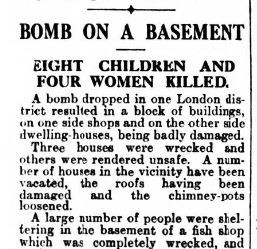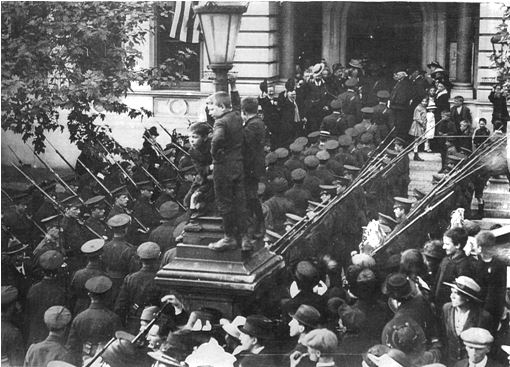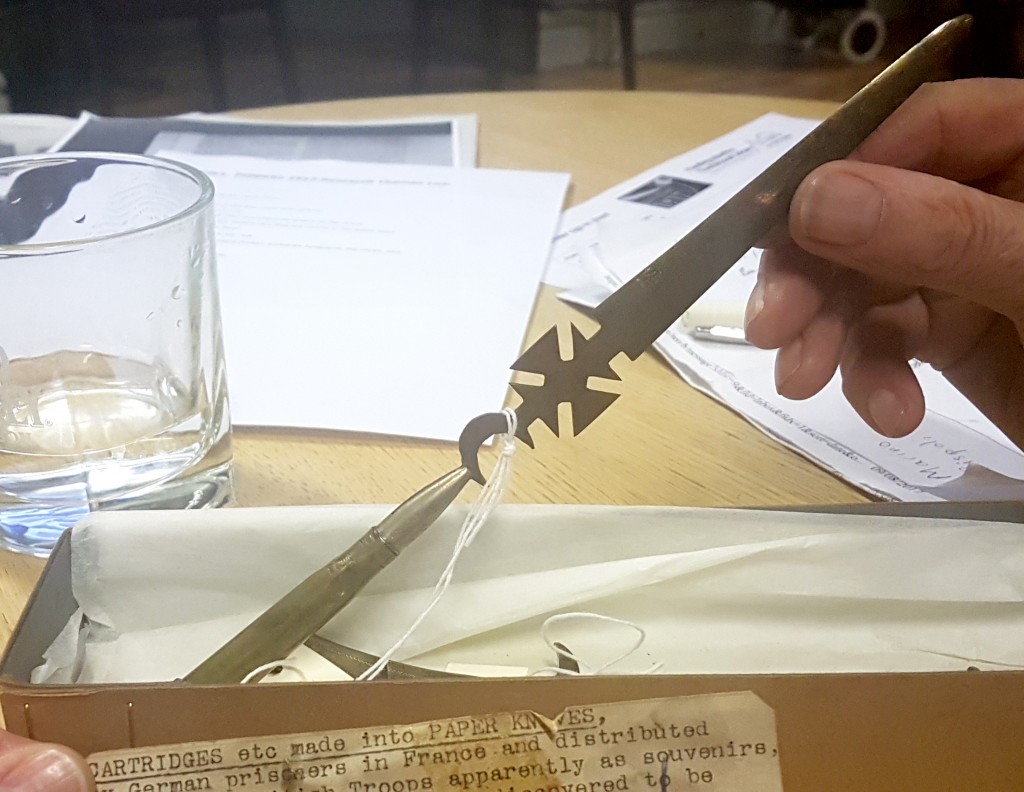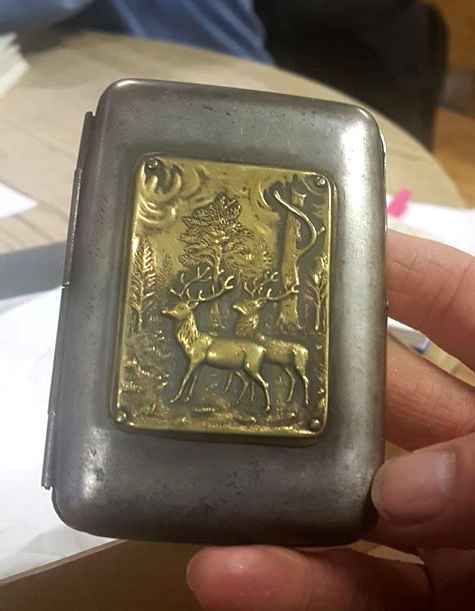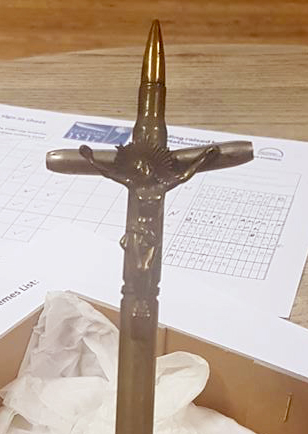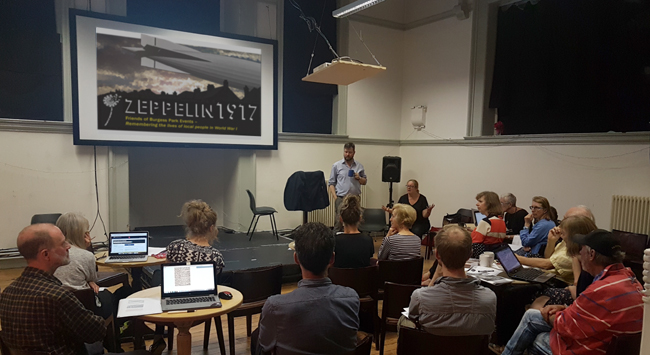We had great news on 30th September 2018! The Mary Boast Prize, which is organised by the Camberwell Society, has been won by an essay from some of the Friends of Burgess Park ‘Zeppelin 1917’ team. A big thank you to all the volunteer authors including the essay editing team of Judith Barratt, Joan Ashworth and Susan Crisp.
The prizewinning essay, which you can read here, tells the story of the 1917 Zeppelin raid on the park, covered on this website, and also the events organised by the Friends of Burgess Park to commemorate the terrible occasion. The winner was announced at the end of a fascinating local history walk around Burgess Park and the surroundings, also covering some of the planned new developments to the area.
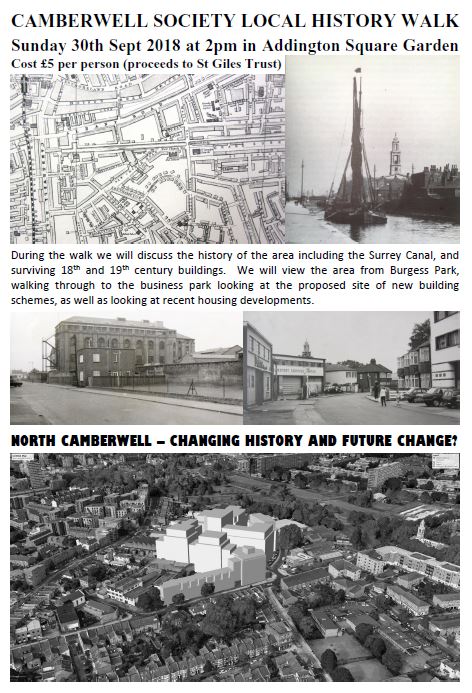
The essay is based on work done in 2017 by many volunteer researchers who joined with members of the Friends to investigate the events of 1917 with the help of a Heritage Lottery Fund grant. All kinds of information was uncovered with the help of nearby archives such as the Southwark Local History Archive, the Imperial War Museum and the Cuming Museum collection. At the special events organised to commemorate the centenary in October, we were honoured by the presence of several close members of the two families who lost the biggest number of relatives in the bombing. We were able to add their information to the essay.
The Camberwell Society’s annual prize is named after Mary Boast, who was a popular local historian and the archivist at the Southwark Local History Library and Archives. She wrote the excellent, but now difficult to obtain, history booklet – The Story of Camberwell, and has a street named after her.

You’ll be able to read the essay in full in the Camberwell Quarterly magazine, to be published by Christmas 2018. Order your copy now! Or join the Camberwell Society and have it sent to your house for free! Or buy it in any local shop, if you’re in the area. Or read it now!
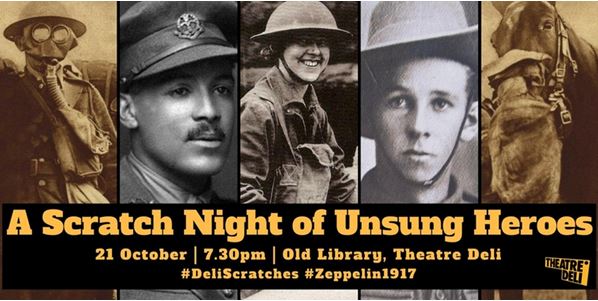
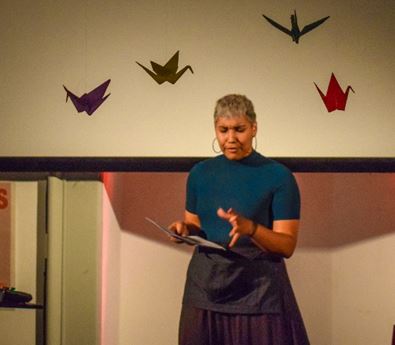
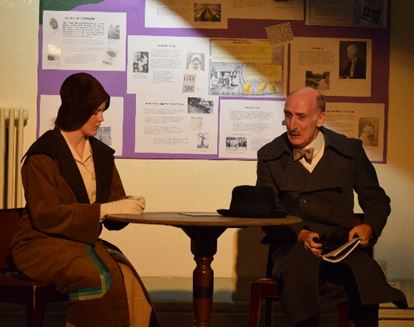


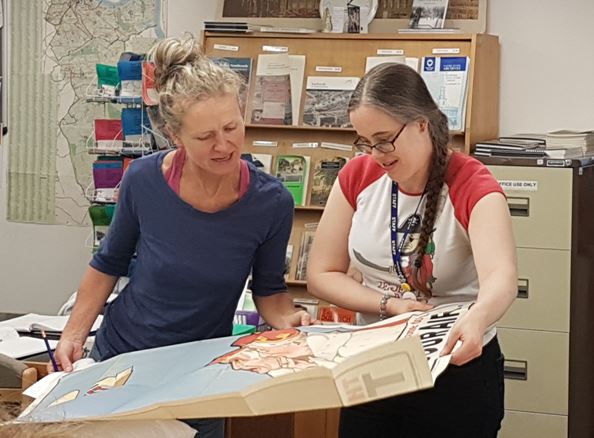
 What a wonderful time we are having exploring the history and heritage of WW1 and the Zeppelin Raid on Calmington Rd in 1917! Our third volunteer session was late afternoon on Monday 4th September. The team at the IWM (Imperial War Museum) have been so supportive of the project, they have helped and encouraged us every step of the way. It was an amazing session that really animated the history and showed so many ways we could use the resources and talents of this wonderful Museum.
What a wonderful time we are having exploring the history and heritage of WW1 and the Zeppelin Raid on Calmington Rd in 1917! Our third volunteer session was late afternoon on Monday 4th September. The team at the IWM (Imperial War Museum) have been so supportive of the project, they have helped and encouraged us every step of the way. It was an amazing session that really animated the history and showed so many ways we could use the resources and talents of this wonderful Museum.

